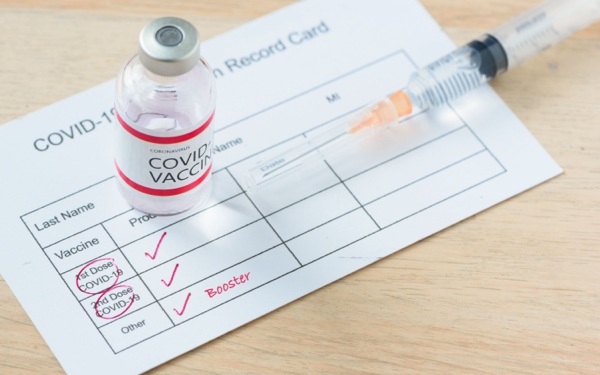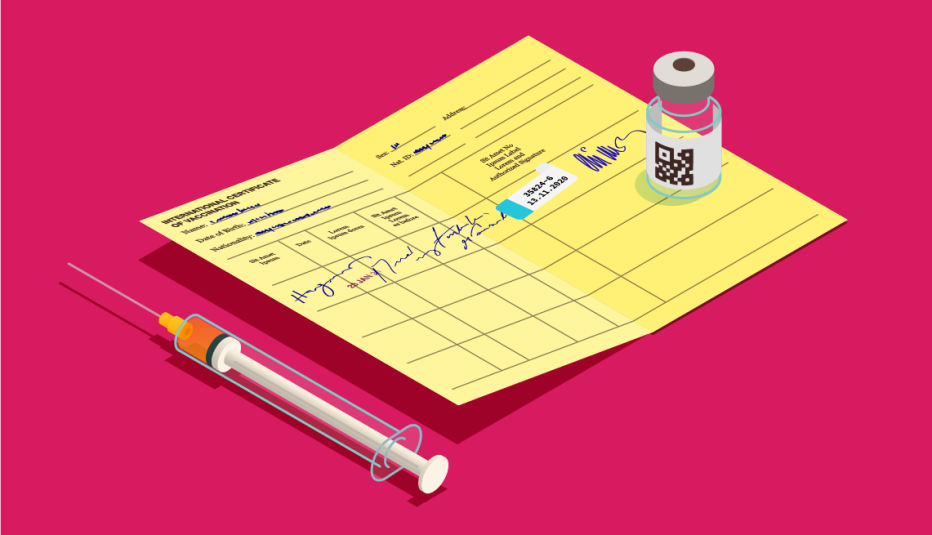Staying Fit
The U.S. is heading into its fourth year of the coronavirus pandemic, and though COVID-19 cases and deaths are climbing once again, many physicians and public health experts are hopeful that 2023 will be a better year than previous ones. World Health Organization (WHO) Director Tedros Adhanom Ghebreyesus has even hinted at the possibility of COVID no longer being a global health emergency sometime in the coming year.
Much of the optimism boils down to immunity. At this point in the pandemic, most Americans (about 70 percent) have the primary series of vaccinations — plus many are boosted — and the majority have had COVID, some multiple times. “And those things do offer some protection,” says Preeti Malani, M.D., professor of medicine in the Division of Infectious Diseases at University of Michigan Health.


AARP Membership— $12 for your first year when you sign up for Automatic Renewal
Get instant access to members-only products and hundreds of discounts, a free second membership, and a subscription to AARP the Magazine.
Compared with this time last year, there’s also more widespread access to at-home COVID-19 tests, high-quality masks, lifesaving treatments and updated vaccines that can help to protect against some of the more recently circulating coronavirus variants.
“COVID isn’t gone,” Malani says, “but we have the tools to move forward, to do all the things that are important to us.” Still, the virus could throw some curveballs in 2023, like it’s done before. Here’s what infectious disease experts are keeping a close eye on in the new year.
1. New coronavirus variants
As long as the coronavirus continues to circulate, new versions of the virus are expected to occur. What’s unknown, however, is how these future variants will impact the course of the pandemic.
Omicron and its subvariants have been dominating the scene for more than a year now. And though the highly contagious omicron variant came in with a fury, cases and hospitalizations eventually dropped and evened out by the fall of 2022. (It’s important to note, however, that even when overall hospitalization rates dipped, the rate of hospitalizations among adults 65 and older still towered over younger Americans, data from the Centers for Disease Control and Prevention [CDC] shows.)
If omicron and its descendants continue to reign, it’s possible that COVID-19 becomes a more predictable seasonal illness, similar to the flu and other human coronaviruses that cause cold-like symptoms, says Steven Lawrence, M.D., a professor of medicine in the Division of Infectious Diseases at Washington University School of Medicine in St. Louis.
However, if an entirely new, more immune-evading variant of the virus — one with its own Greek letter, like delta or omicron — makes its way to the top, we could see another surge of illness, no matter the time of year, Lawrence says.
The coronavirus strain everyone is watching right now is XBB.1.5, which is a close relative of XBB, a recombinant (or hybrid) of two BA.2 sublineages. Together these omicron offshoots account for nearly 45 percent of COVID-19 cases in the U.S., the latest CDC data shows. That proportion is closer to 75 percent in some areas, such as New England.
XBB.1.5 may be more transmissible than others, the CDC says, but it’s not yet known if it causes more severe disease than previous strains. “We’re closely watching this variant to see how well our vaccines [and] treatments are working against it,” the CDC said in a Dec. 30 tweet.







































































